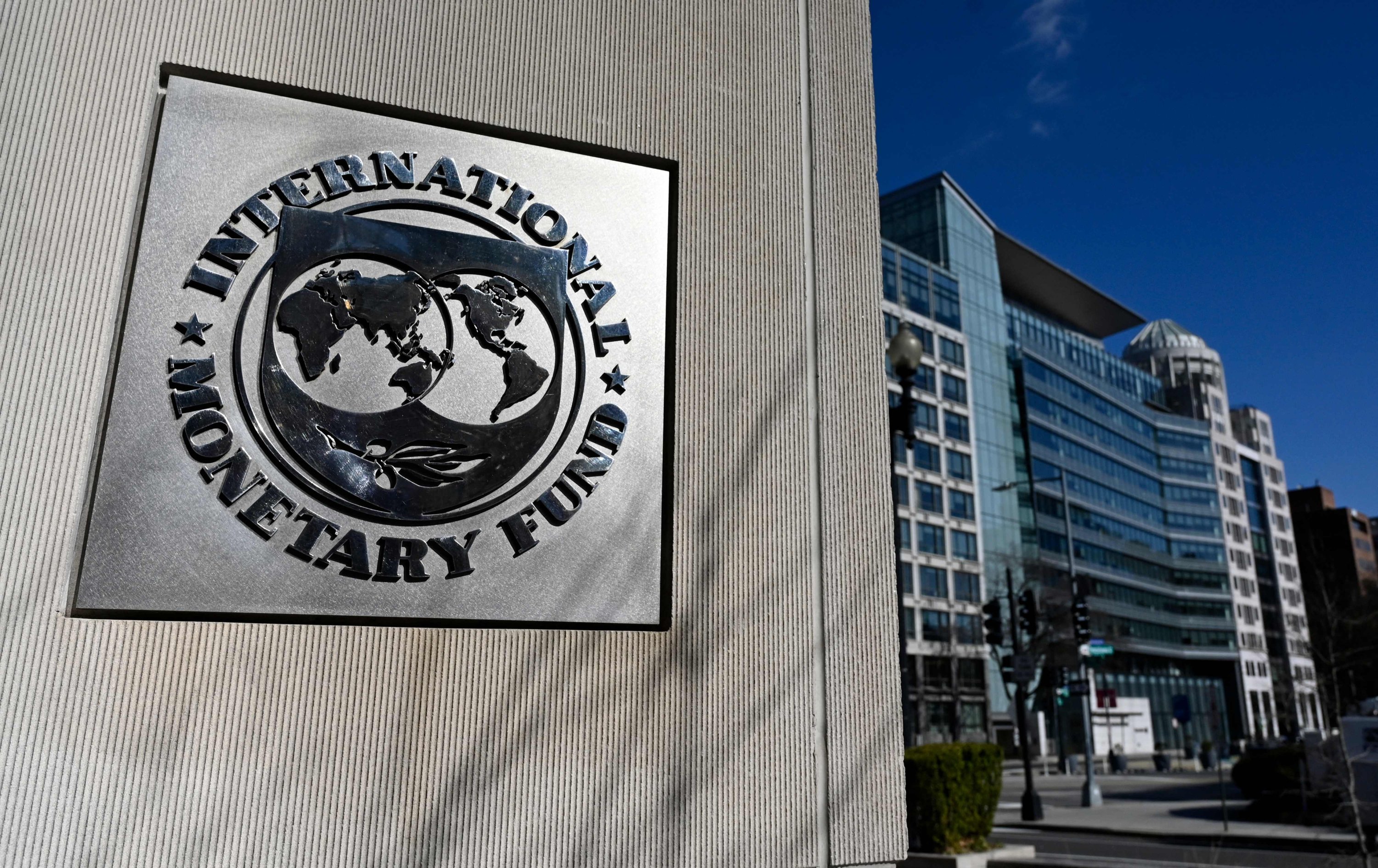In Uzbekistan, economic growth has remained strong, with real GDP increasing by 6% in 2023, driven by an expansionary fiscal stance, a surge in fixed investment, and buoyant private consumption. The International Monetary Fund (IMF) reports that growth remained high at 6.2% (y/y) in 1Q4. Despite the challenges posed by the global economic environment, robust real income growth and safety net expansion since 2020 contributed to a steady decline in the poverty rate from 17% in 2021 to 11% in 2023.

Headline inflation also saw a positive trend, falling from 12.3% (y/y) at the end of 2022 to 8% in March 2024. This decline can be attributed to the relatively high real policy rate and falling international food and energy prices. However, the external current account deficit widened to 8.6% of GDP in 2023 from 3.5% of GDP in 2022.
This was driven by rapid growth in imports of machinery and equipment, declining remittances compared to 2022, higher net interest payments on foreign debt, and repatriation of earnings by foreign-owned enterprises, which more than offset buoyant gold exports.
Looking ahead, the outlook for Uzbekistan's economy is broadly positive, but both domestic and external risks remain. The authorities' strong reform efforts, particularly in areas such as energy, privatization, and state-owned enterprises (SOEs), continued to improve economic prospects.

Real GDP growth is projected to remain robust at 5.4% in 2024, supported by buoyant domestic demand, and to rise slightly to 5.5% in 2025. Fiscal adjustment, moderation in bank lending growth, and the reversal of temporary increases in imports in 2023 are expected to contain import growth and reduce the current account deficit.
Inflation is projected to temporarily rise by the end of 2024 as administered energy prices increase. However, continuing tight macroeconomic and macroprudential policies, along with structural reforms, are expected to reduce inflation thereafter toward the Central Bank of Uzbekistan's target.
Despite these positive projections, risks remain elevated. External risks include geoeconomic spillovers from an intensification of Russia's war in Ukraine, commodity price volatility, and an abrupt global slowdown. Domestically, risks include slower-than-planned fiscal consolidation, weakening bank balance sheets, and the materialization of contingent liabilities from SOEs and public-private partnerships (PPPs).

To address these risks and maintain robust public finances, the government aims to reduce the fiscal deficit to 4% of GDP in 2024 and 3% of GDP in 2025. This consolidation is planned through growth-friendly measures, such as reducing untargeted energy subsidies, improving social and safety net expenditure targeting, and scaling back policy lending. Additionally, the authorities should stand ready to take additional measures to meet their fiscal deficit targets if risks to revenue and/or expenditure pressures materialize.
In terms of monetary policy, the Central Bank of Uzbekistan (CBU) should maintain a tight stance until inflation is firmly on a downward trajectory. The CBU's efforts to enhance communication of monetary policy decisions should continue to help anchor inflation expectations. Furthermore, financial sector stability remains a priority, with strong supervision and accurate asset quality assessment essential to maintain stability.
Measures such as implementing mandatory debt service-to-income ratio limits and additional capital requirements for high-risk loans will help mitigate financial risks and contain borrowers' debt burden.
Follow Daryo's official Instagram and Twitter pages to keep current on world news
Comments (0)